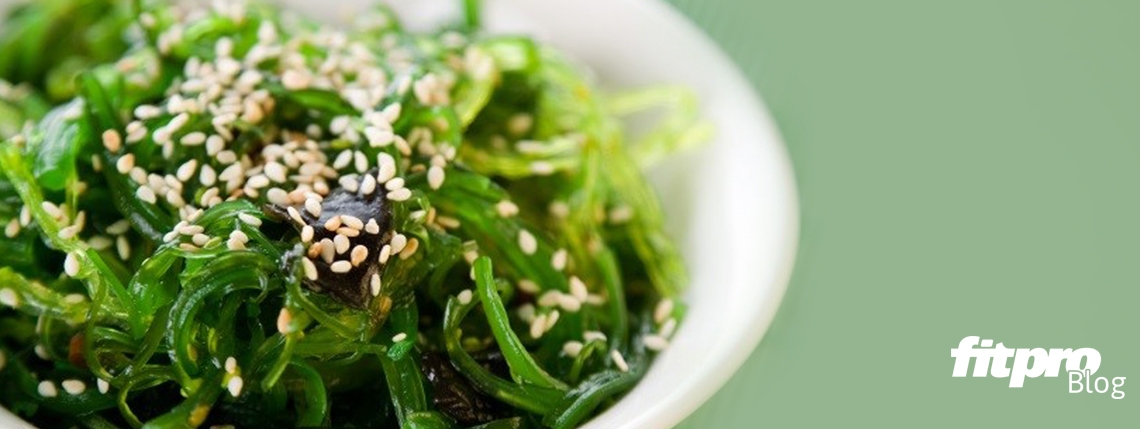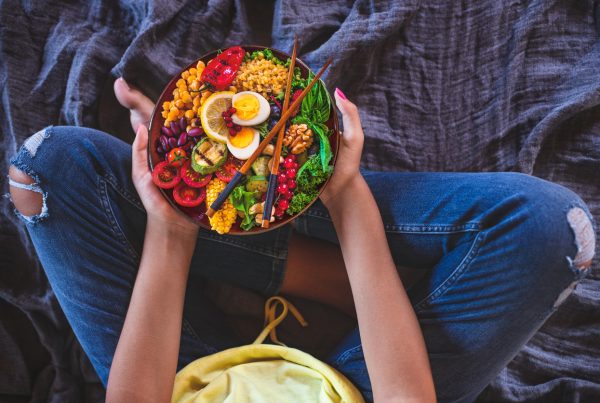…without the superfood price tag
You’re not alone if you find eating healthily too harsh on your back pocket, says Ashleigh Feltham.
The term ‘superfood’ has been used to bump up the cost of foods and drinks to a level where only a few can afford to regularly include them in their diets. The good news is, we’ve been lied to by clever marketing and unrestricted use of the word superfood. Why good? Because, actually, eating healthily is possible on any budget.
Here are some common foods that have been boosted by the superfood moniker – and some alternative options that are not only equal in nutritional value but often more affordable.
Kale
Kale is a great nutrient-packed vegetable but similar nutritional benefits can be found in spinach or broccoli. Another way to save without losing any nutritional value is by selecting frozen kale over fresh. Frozen can be cheaper and have more nutrients than fresh due to processing and storing times – and you’ll save yourself prep time as well. Most people don’t come close to eating the recommended five serves of vegetables a day, so by simply adding a green vegetable to your meal you’re making your body more super.
Kombucha
This drink can be pricey and sometimes contains no more probiotics than you’d get from a glass of tap water. Cheaper alternatives to get some good bacteria in your body include making your own kombucha or alternative probiotic-rich food and drinks, such as kimchi, miso, sauerkraut, apple cider vinegar or yogurt.
Remember to check the label on yogurt, as the probiotics need to be stated in the ingredients or they are not there. Looking after gut health is important, but you can do it while looking after your pounds as well.
Blueberries
Blueberries are delicious and full of antioxidants – but so are many other fruits that cost far less per kilo. Favouring one kind of fruit over others also limits the array of nutrients you can get from other ‘nonsuper’ fruits. The different colours in fruit indicate different nutrients and benefits that no single fruit can deliver alone. By buying fruit (and vegetables) that are in season, you will save money while increasing the variety in your diet. A good tip is to try eating a different fruit on each day of the week.
Quinoa
Any form of wholegrain will give you benefits, such as B vitamins to help your body maximise energy from the foods you eat, fibre to keep you full and prebiotics to help feed the good bacteria in your gut. This selection of wholegrains includes oats, wholegrain rice and pasta, couscous, popcorn, wholegrain bread and teff, to name only a few. These foods can be said to be super when compared to their refined forms, like white breads, rice and pasta which have had most of the beneficial nutrients removed. Try a simple swap to wholegrain versions of your current staples to add the super to your body.
The next time a ‘new’ superfood hits the market, look at the food group it belongs to and it’s likely you’ll find numerous alternative options that pack a similar nutrient punch at a fraction of the price. If in doubt, sticking to wholefoods in your diet is a key way to stay super.
Ashleigh Feltham is an accredited practising dietitian and owner of Feed Your Future Dietetics. She is also an experienced personal trainer and group fitness instructor. Follow her on Instagram and Facebook.
This feature was produced in conjunction with Australian Fitness Network.
Where to next? Check out these apps for your fitness business.







